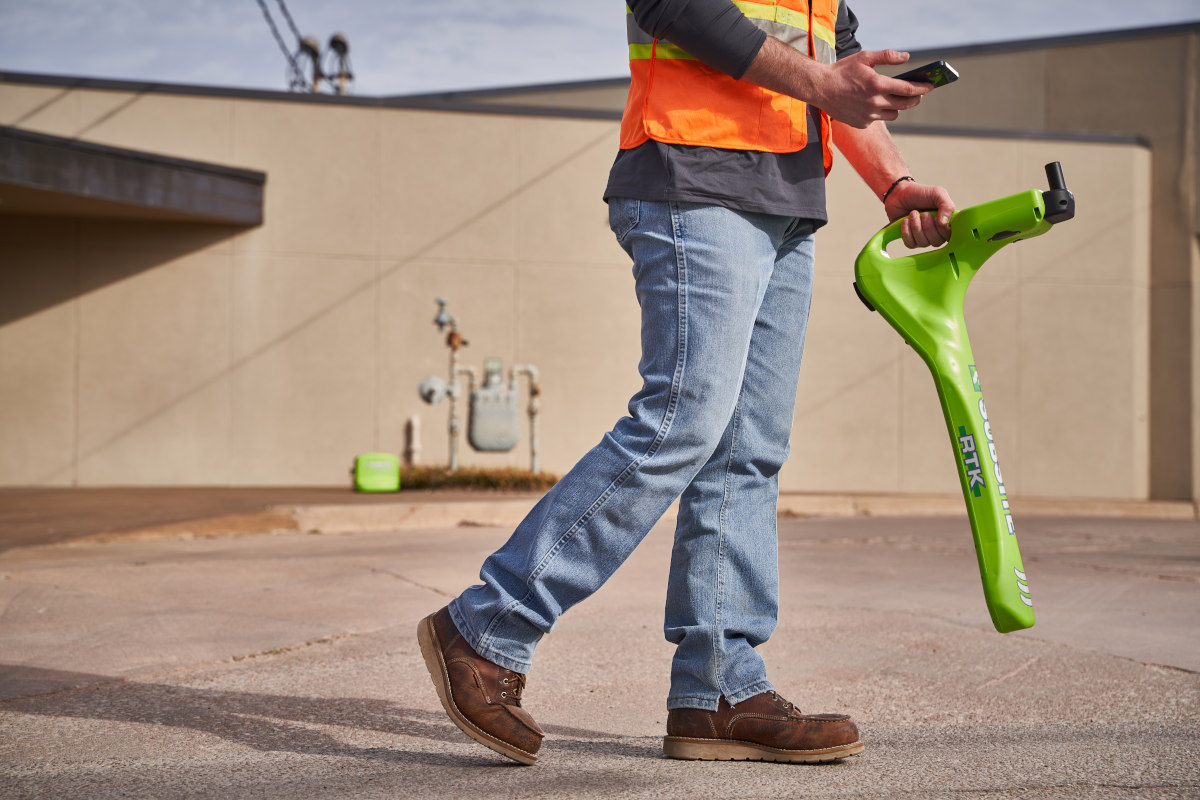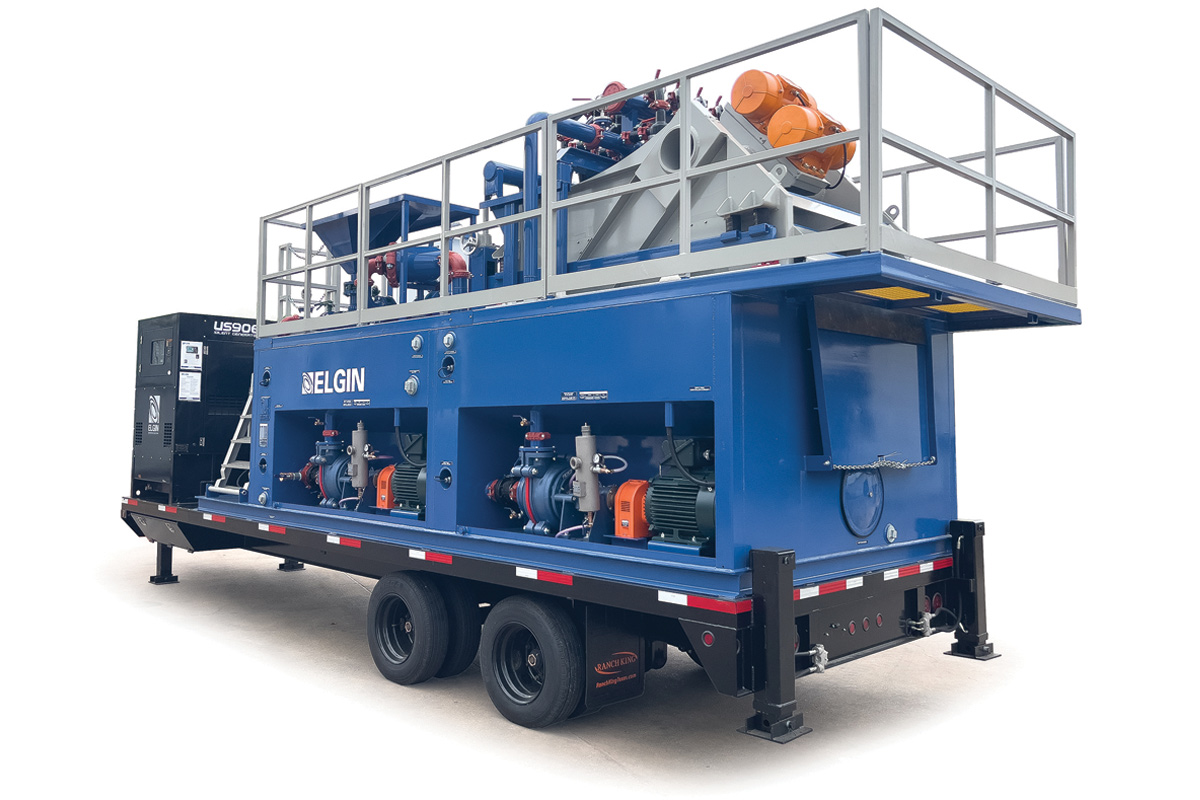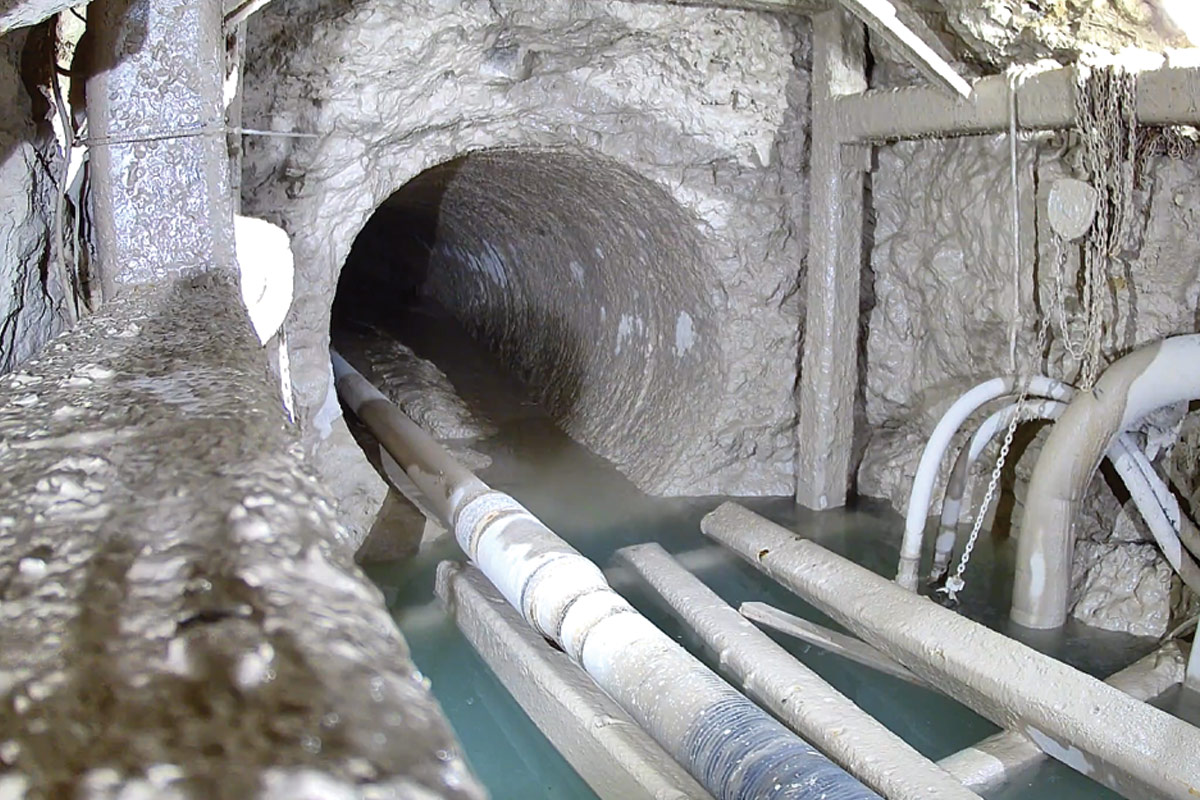Refurbishing and Strengthening an Aging Rail Culvert with UV Lining

One area that the GRP UV liners show significant advantages is that of culvert rehabilitation. The maintenance of culverts beneath railways has long been a cause of concern to rail engineers and can be problematic to the rail bed if they are not replaced or refurbished in a timely manner, as any failure may impinge on the operation of the rail services that run over them. With many culverts being in somewhat inaccessible locations, the logistics of refurbishment can, in turn, be problematic for the contractors involved. So, the development, in recent years, of smaller footprint, more easily transported trenchless renovation systems has been a major boon to the U.K. rail industry.
Separated Sites
Network Rail, the U.K. organization responsible for the maintenance of the Railtrack network and its associated ‘utility’ systems and drainage, working with its term contractor, required the renovation of two under rail culverts, one in Manningtree, Essex and one in Soham, Cambridgeshire.
Investigations at both locations showed that accessibility would not be easy for either site, with the Manningtree site having particular difficulties due to a low bridge. So, it was decided that in order to eliminate the need to construct lining scaffolds at either site, the small footprint option of UV lining would be preferred for both projects.
The UV lining works were subcontracted to Insitu, working in partnership with iLine Technologies of Northampton. iLine is one of the few lining contractors in the UK with the equipment and extensive experience in installing UV-cured liners. Not only did the choice of UV-cured lining eliminate the need to transport and construct an inversion tower it was also a quicker, more efficient, less disruptive technique that did not carry any potential for pollution that other CIPP lining techniques, such as hot water cure and steam cure, can have.
The Manningtree culvert was a 450-mm diameter installation running over a length of 22 m. Taking local ground conditions and rail traffic into consideration, calculations showed that the liner would need to be some 11 mm thick to provide the structural support required over the life expectancy of the liner, which was the main aim of the renovation operation.
Similarly, the Soham installation was to be 14 mm thick to line a 600-mm diameter, 12-m long old brick barrel culvert.
Both liner designs had to be approved prior to installation by Network Rail, with the liners being manufactured for both projects in Germany. Both liners were factory impregnated with the UV-sensitive resins prior to shipping to the United Kingdom.
The effectiveness, efficiency and speed of the iLine UV cure system were highlighted by the project timings. Both liners were scheduled to be installed over just a two-day period, despite being located some 60 miles apart. The lack of any need for inversion scaffolds for the liner installation and the small footprint and minimal equipment requirement for the UV-lining process meant that such a tight schedule over such a wide site distance was a practical possibility, something that could not be achieved using more conventional CIPP techniques.
The start date for the works in Soham was Sept. 19, 2013, with the completion date for both installations being Sept. 20.
The crew then travelled the 60 miles to Manningtree for a start of work on Friday. Again, the site was set up and a pre-lining survey completed. The liner was installed in just 25 minutes including the post lining survey, with the work completed and the site cleared in the one shift.
The only obstacle encountered during the lining operations was that at Manningtree the lining rig had to be removed from its transport truck due to the presence of a low bridge that the truck could not negotiate when loaded. So, the liner rig was placed on a trailer and taken to site and set up.
The locations of both culverts were such that Land Agents had to be contacted for both sites because the works were to be undertaken in privately owned fields, but this did not affect the operations once permissions had been obtained from the land owners.
The UV equipment used for both installations was an REE2000 curing unit supplied by Reline Europe, which utilized a UV light source comprising of six 1,000 watt UV bulbs.
According to John Beech, business development manager for iLine: “Some of the biggest advantages of using the UV method utilized here were the impressive speed of both the installations, with both culverts being lined and surveyed in just two days and the fact that the use of the UV also meant that, given the proximity to farm land, the potential for pollution was eliminated from the site because no liquid run-off is generated using the UV system. It also helped considerably that the UV process has no requirement to erect inversion scaffolds at either site, an operation that would have considerably lengthened both installation times.”
Beech added: “UV lining is a technique that is currently not the most widely available in the UK and there are only a few installers using the system. We at iLine pride ourselves that we have crews that are some of the most experienced in the field in the UK today with numerous successful projects under their belts.”
This article was provided by IGroup, Northhampton, United Kingdom.





Comments are closed here.